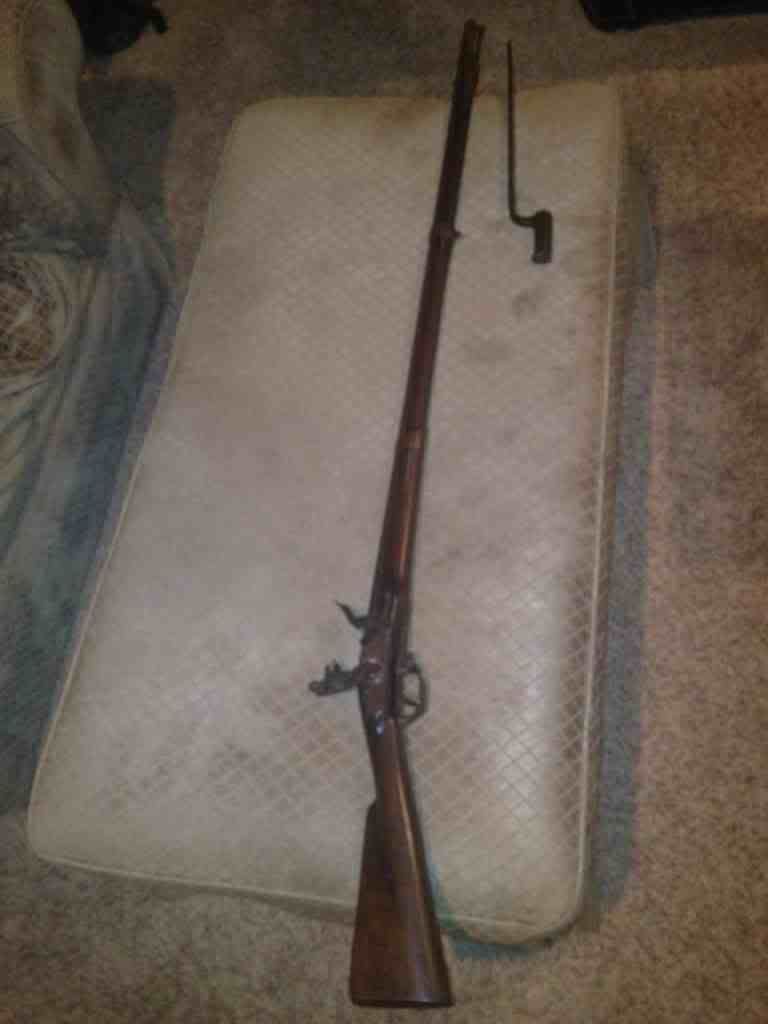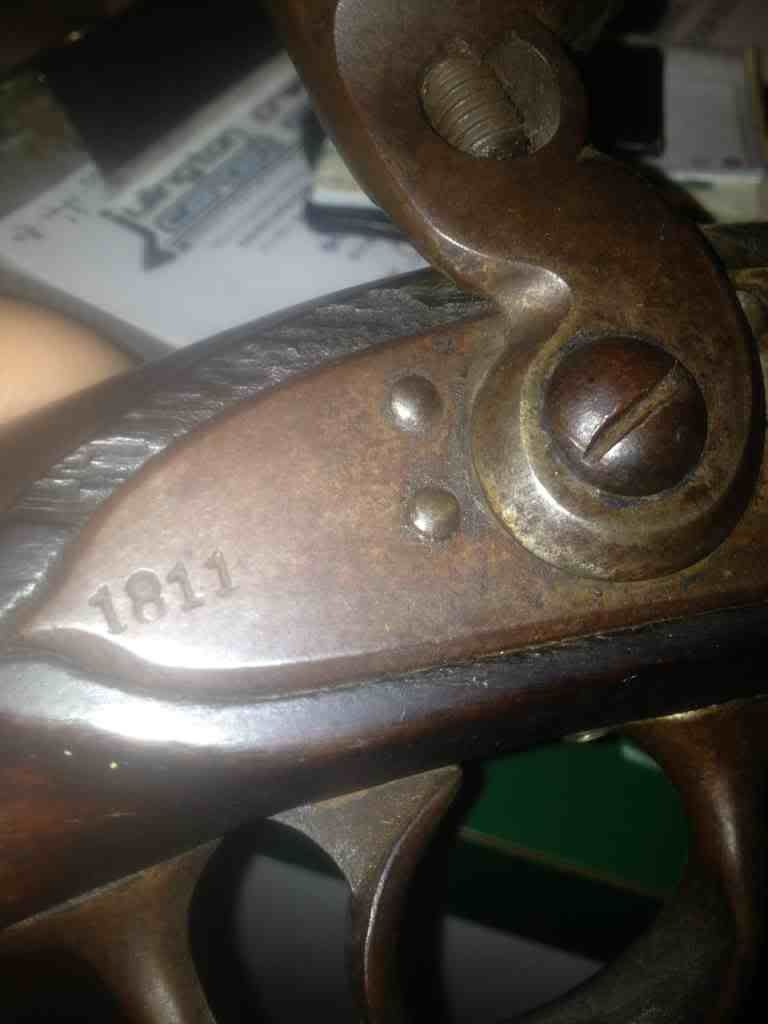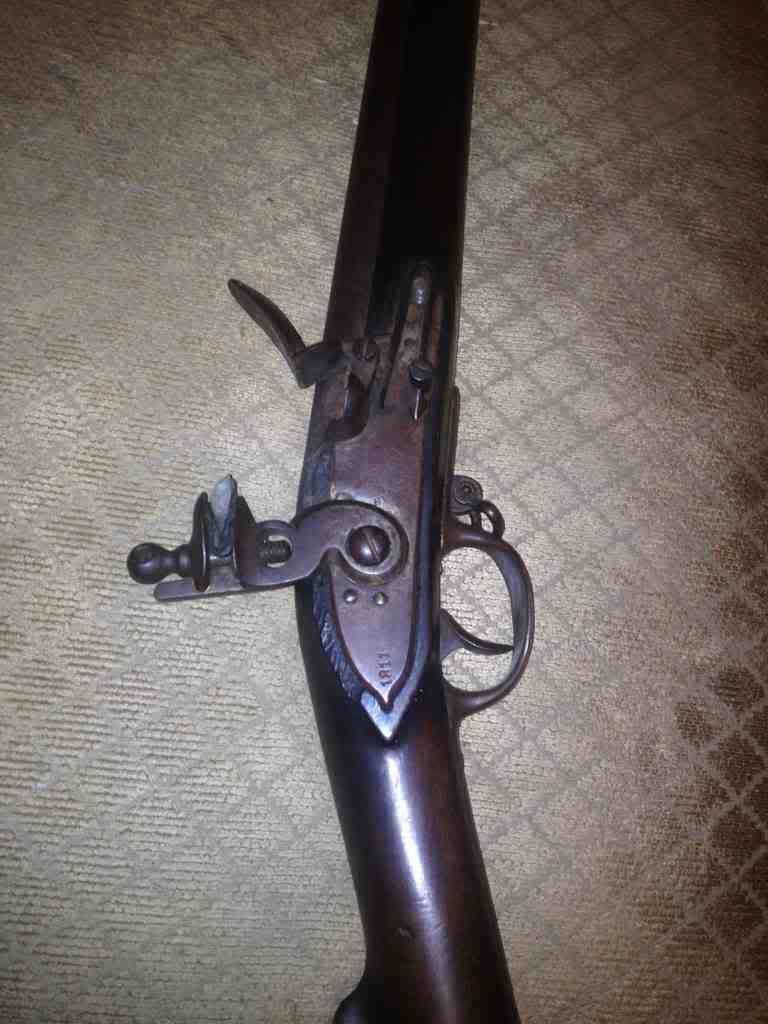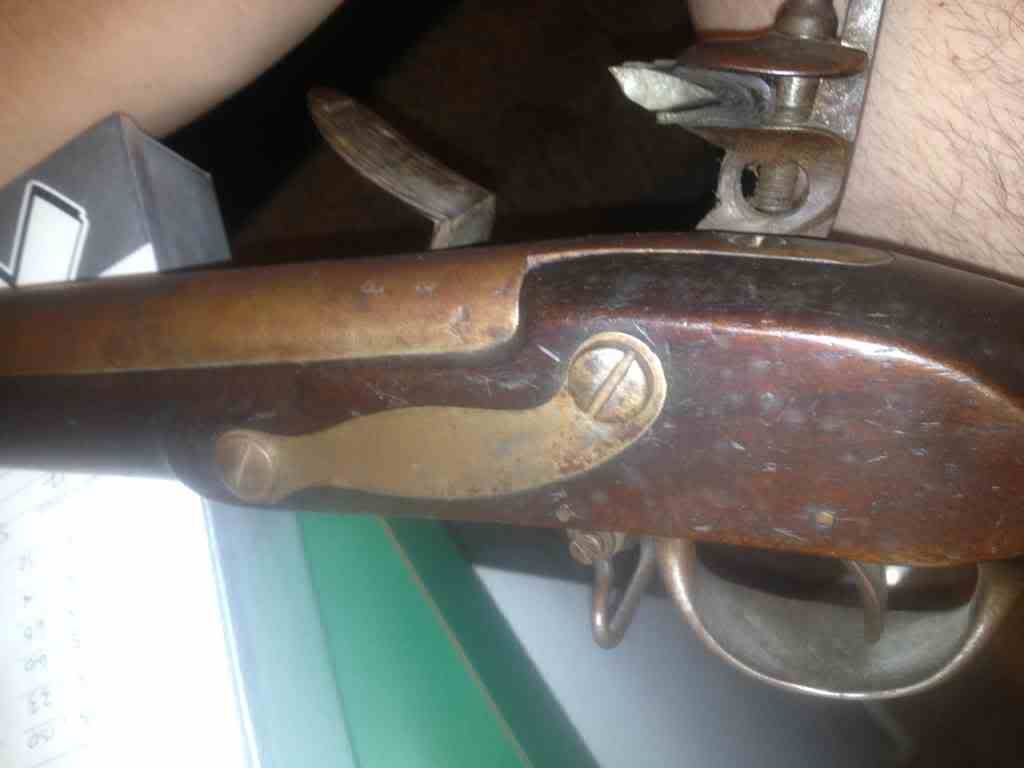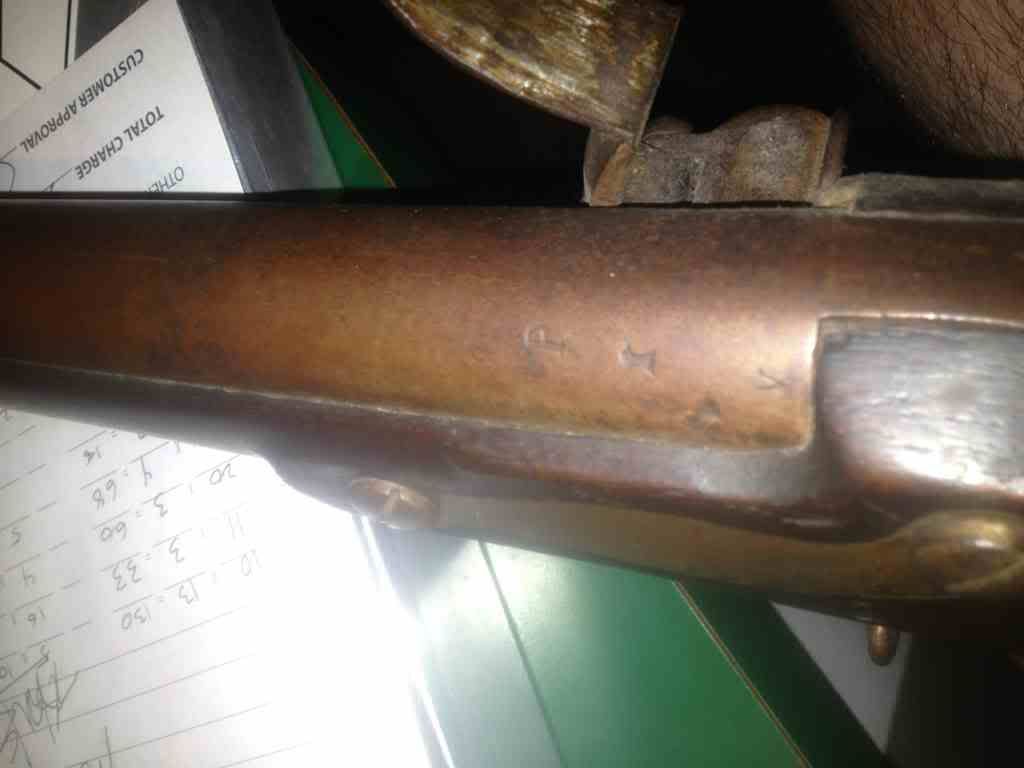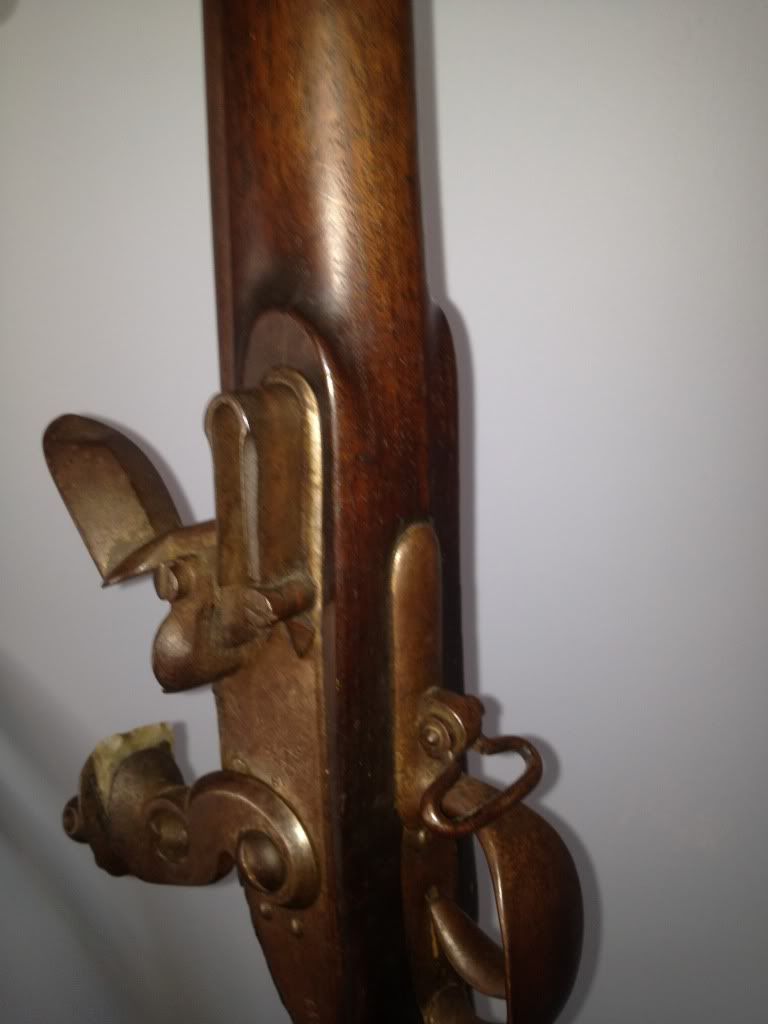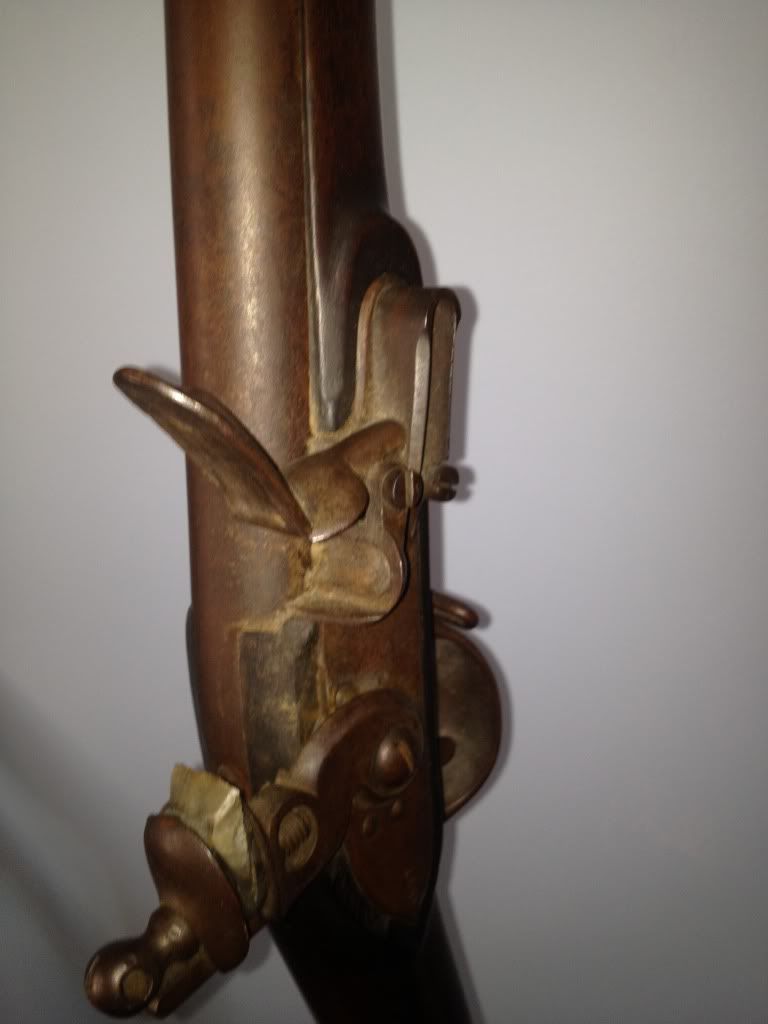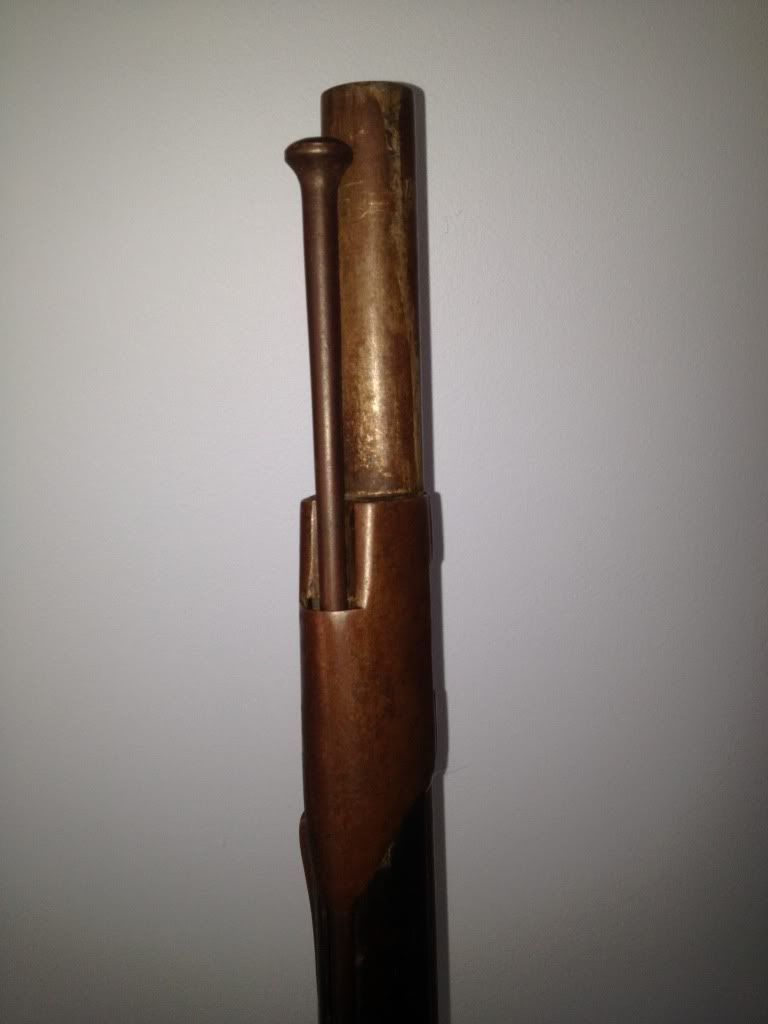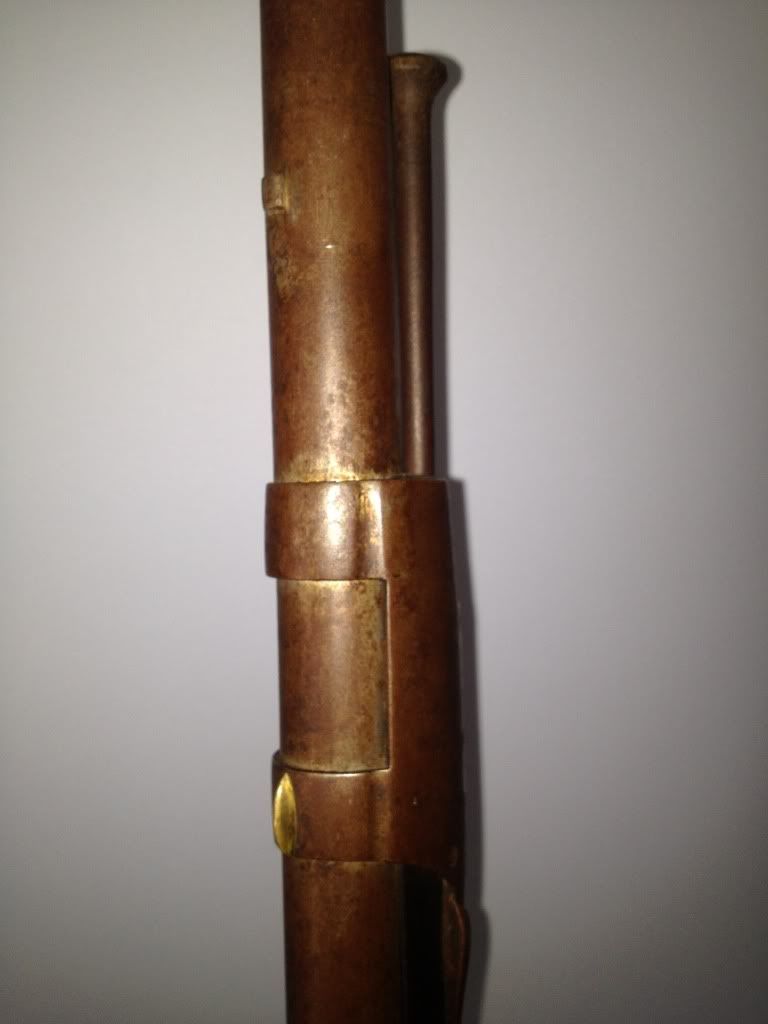I just acquired this today. The lady I got it from said someone gave it to her grand pop and he put it in a closet. Then it went to her dad and his closet and to her and her closet then to me.
Any help on what I really have would be great. I am doing research myself but am getting some mixed info.
I can take any close up pics needed. Thanks
Dave
I have to host the pics. I will post them in a few mins. Sorry I thought I could straight from the iPad
Any help on what I really have would be great. I am doing research myself but am getting some mixed info.
I can take any close up pics needed. Thanks
Dave
I have to host the pics. I will post them in a few mins. Sorry I thought I could straight from the iPad

